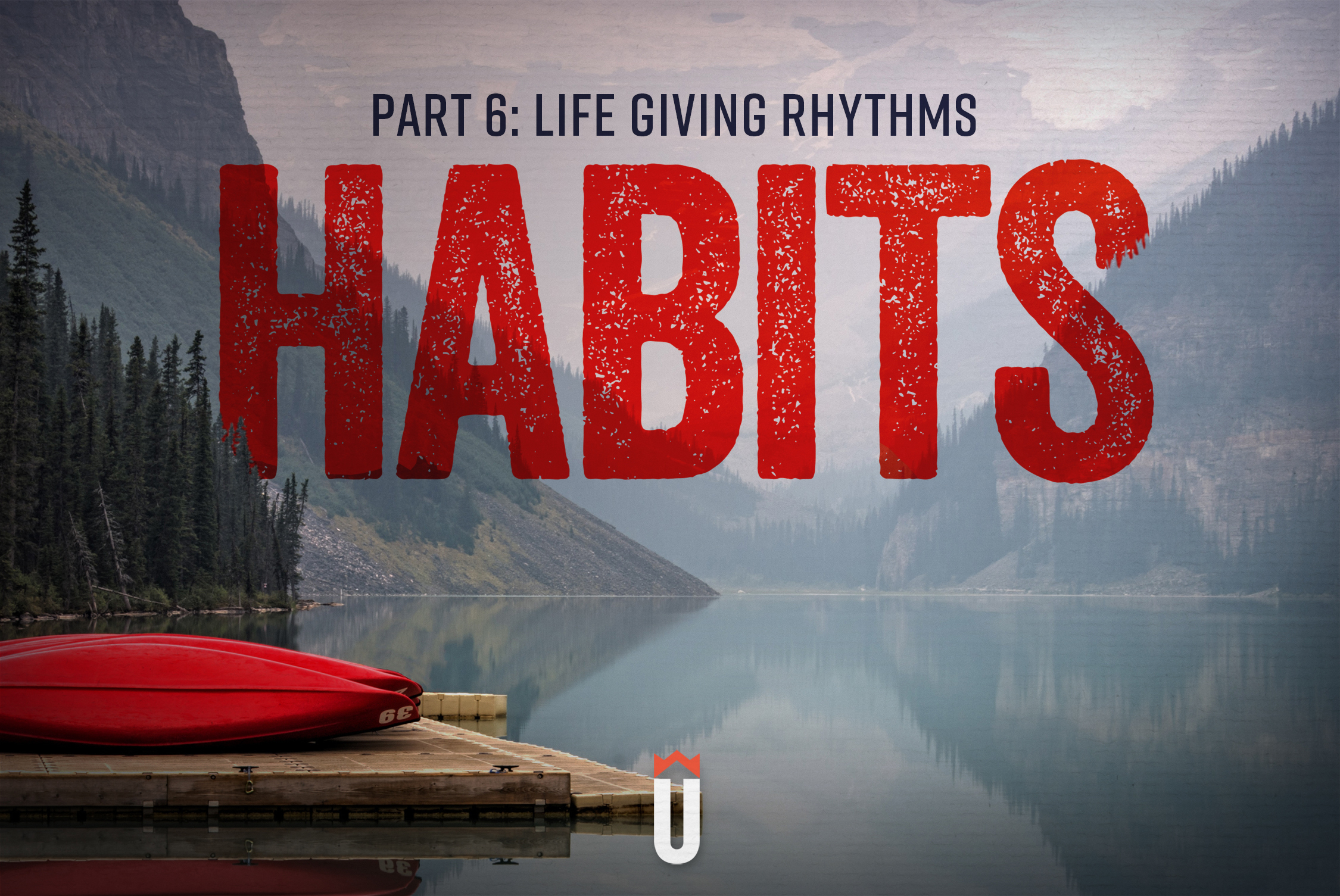The following blog is the sixth in a 7-part series on “Habits” from Darren Bosch here at DeliberateU.
I don’t know a business owner who isn’t challenged with the stress of feeling too busy. Daily, we work with beautiful Christian leaders who know the painful challenges of pressure, deadlines, long to-do lists, and the desperate juggling act they perform to show up well for their families too… all the while trying to “abide in Jesus”.
Enter stage-left: Ken Shigematsu, a ‘type-A go-getter’ once trapped in Japan’s rat-race business world… now turned patient Pastor in Vancouver’s downtown.

I don’t know a better author who’s experienced such a struggle – and now offers true biblical hope on the subject of habits. Let me share some ‘gold’ mined from his book, God in My Everything: How ancient rhythms help busy people enjoy God.
In his book, Ken Shigematsu paints the picture of a spiritual trellis that supports our growth. Just like a pergola supports a shade vine as it grows, the trellis—or “rule structure”—supports root habits to grow in our lives. Shigematsu envisions the Christian life as a growing plant that needs a trellis (support) that consists of life practices we establish. The abiding habits are:
- Sabbath-keeping
- Prayer
- Sacred Reading
“God in My Everything” lays out a blueprint on how we can slow down and set up a “rule of life” that will direct our hearts to God amid life’s craziness. From these three foundational pillars, three more practices form for “vines to grow” up the trellis:
A. RELATE: Spiritual Friendship, Sexuality, and Family Life
B. RESTORE: Care for Self, Play, and Money
C. REACH-OUT: Work, Justice, and Witness

Shigematsu paints a picture of flowers beginning to bloom as the plant is nurtured and supported with rich Christian practices. He argues that a “rule of life” that attunes each of the above areas to God is one that provides the most support for cultivating a deeper and healthier spiritual life.
So what then is a ‘rule of life?’ Ken defines it this way: “A rule of life is simply a rhythm of practices that empower us to live well and grow more like Jesus by helping us experience God in everything.” In looking at developing foundational habits, Ken unpacks the gift of God’s grace at work and explains that spiritual growth is God’s act in my life. The trellis provides support, not growth.
What I found refreshing about the “rules” of life is that they are not meant to be carved in stone or legalistic. “Spiritual practices are not ends in and of themselves,” he writes. “We need a rule that bends. We don’t exist for the rule. The rule exists for us.” Ken further suggests, “There is no simple, mechanical formula to produce spiritual growth: if you do x, then y will happen. This is why the practices that become part of our rule of life must be Spirit-led and deliberate.”

If you want more examples of how to create “rules of life” that will offer unforced rhythms of grace, I highly recommend grabbing this book. AND…stay tuned for upcoming blogs where I’ll highlight some of the best habits for busy leaders, mined from a treasure chest of expertise. These habits may just prove to be an antidote that busy leaders leading stressful lives have been needing!



